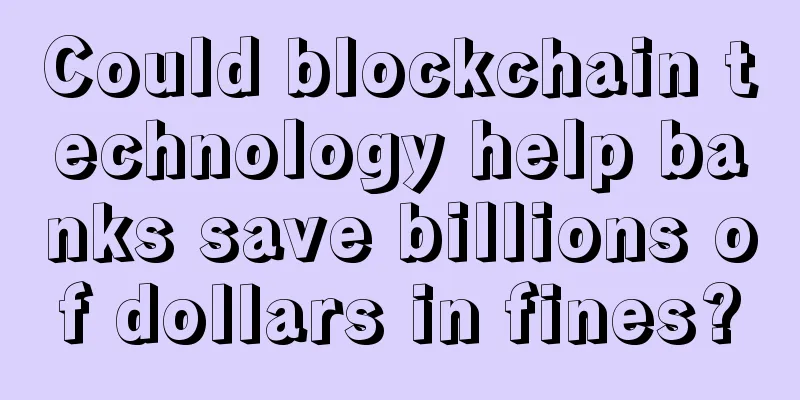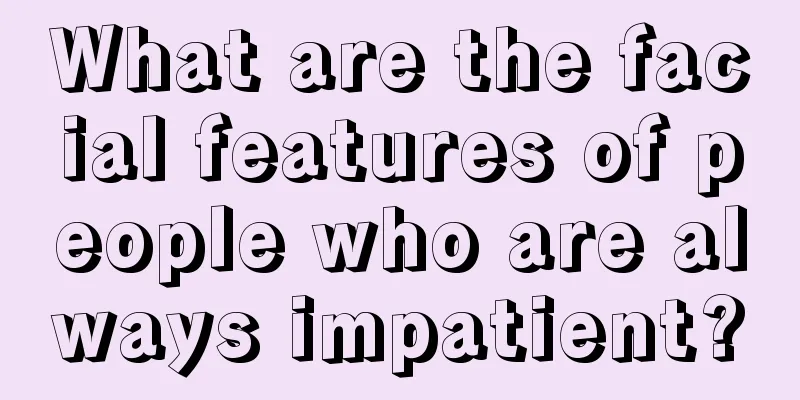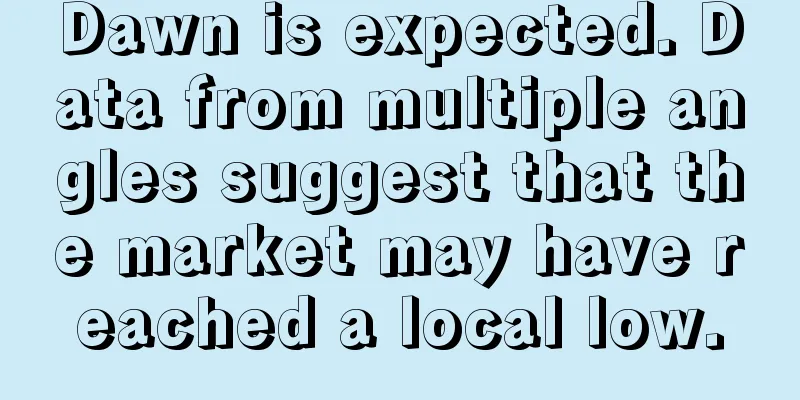Could blockchain technology help banks save billions of dollars in fines?

|
Banking giants including JPMorgan Chase, Citigroup and HSBC have paid more than $235 billion in fines since the 2008 financial crisis. Interestingly, most of the fines were caused by inefficiencies in the banking system that failed to track the mortgages and insurance products sold. According to financial data provided by Reuters, mortgage fines for major U.S. banks accounted for nearly $150 billion, among which the largest banks in the United States, including Bank of America, JPMorgan Chase and Citigroup, were fined billions of dollars for failing to maintain ledgers of all mortgage-related documents. Mortgages are similar to many other financial settlements, however, the documentation required for mortgages can include pay stubs, profit and loss accounts for business owners, lists of assets, bank statements, mutual fund statements, and more. The current financial system and banking applications cause banks and financial institutions to put all documents and data into a single mortgage contract. Furthermore, the lack of transparency and security in the banking system often makes these sensitive banking documents vulnerable to potential hacker attacks. Take Bank of America as an example. According to the Wall Street Journal, the bank paid a $17 billion fine to the Department of Justice for mortgage loans in 2014, of which more than $9 billion was settled in cash. Today, banks are beginning to take these issues more seriously and realize that blockchain technology has the potential to eliminate these multi-billion dollar financial problems. However, major financial institutions around the world are trying to deploy their own blockchain networks without considering that the security of blockchain networks is based on the protection of computing power. “To use an analogy, the size of the city is the size of the blockchain network, and the height of the city walls represents the network computing power. Therefore, the larger the blockchain, the more computing power is required to maintain it. Bigger things are inherently more fragile and therefore require exponentially more resources to protect,” explained security and Bitcoin expert Pete Dushenski. In the coming months, banks may switch their interest to the Bitcoin blockchain and rely on it to create distributed applications, transform the existing banking system and save themselves billions of dollars in potential fines. Original article: http://www.newsbtc.com/2015/12/23/28131/ |
<<: Blockchain technology is on the rise, and Bitcoin payments are marginalized
>>: Bitcoin Foundation welcomes three new members, releases new mission statement
Recommend
Wrinkles on your face can tell whether you are healthy or not
Wrinkles on your face can tell whether you are he...
A woman with a straight nose
In fact, being loyal in a relationship is indeed ...
What is the fate of a person with two broken palms?
Do you know what a broken palm looks like in palm...
What kind of man harms his wife?
What kind of man harms his wife? 1. The boneless ...
Does a woman with a full forehead mean she will be smart her whole life?
If the forehead is full, it is actually very brig...
Holding the key support level, the market is expected to continue its upward trend
Author | Hashipi Analysis Team...
Palmistry - Marriage Line
Marriage is a commitment between two people who a...
Moles on eyebrows can tell you about your "disasters"
Moles on eyebrows can tell you about your "d...
What will happen if the forehead is black? The most unlucky facial features of the forehead
In physiognomy, the forehead occupies a very impo...
The faces of men who are getting poorer and poorer The faces of men who are getting poorer and poorer
People all hope to have a good life, and they pay...
The lifeline on the palm is broken in the middle, which means that an accident will happen at some time.
How to read the lifeline on your palm? The lifeli...
Ledger launches Blue hardware wallet with support for smart contracts and multiple cryptocurrencies
French bitcoin hardware wallet Ledger has launche...
The face of a man who will become richer and richer
Everyone wants to become rich and wealthy, but on...
Today's Recommendation | An analysis of three trends in the development of exchanges in 2019
As the crypto-asset market enters a deep bear mar...
Ten types of men that women should not mess with
The greatest happiness for women is to find a hus...









